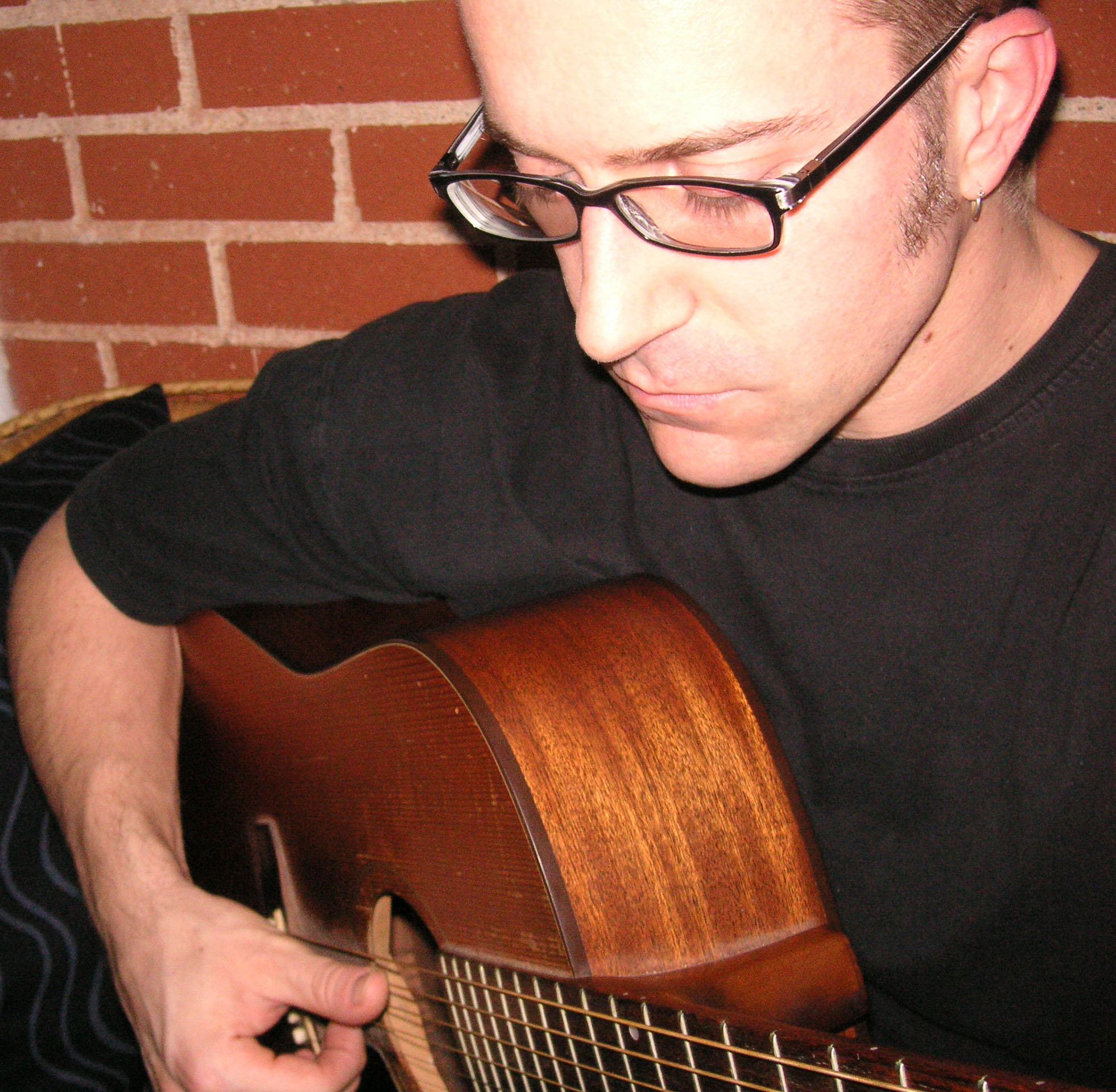The Fingerpicking Finesse of Leonard Cohen

Before he was an acclaimed musician, Leonard Cohen—who died November 7 at age 82—was a successful poet and novelist in Canada.
It wasn’t until his early thirties, after moving to the U.S. and plunging into New York’s folk scene, that Cohen’s songcraft (cuts like “Suzanne,” covered by folk icon Judy Collins) garnered attention.
Cohen’s stint at 1967’s Newport Folk Festival led to a record deal with Columbia Records’ John Hammond, and his late-Sixties albums put him on par with “literate” songsmiths like Bob Dylan, Joni Mitchell and Randy Newman. His work would influence future artists like Kurt Cobain, Trent Reznor, Tori Amos, Nick Cave and Jeff Buckley (who, on 1994’s Grace, transformed Cohen’s “Hallelujah” into the mesmerizing hymn it is today).
Cohen’s voice, which had dramatically lowered in pitch these past several decades, had highlighted film soundtracks since the mid-Nineties, ranging from Natural Born Killers to the True Detective series, for which Cohen contributed “Nevermind” as its theme (from his 2014 studio release, Popular Problems).
Let’s examine the many Cohen classics that showcase his polished fingerstyle guitar chops.
After its appearance on Judy Collins’ 1966 album, In My Life, Cohen’s “Suzanne” served as the opening track on his 1967 debut, Songs of Leonard Cohen.FIGURE 1 similarly depicts the tune’s repeating one-bar fingerpicking pattern; to shift from E to G#m, keep the open E chord’s finger shape in place on the A and D strings and, instead of switching to a conventional G#m barre-chord shape, shift your middle and ring fingers up to the sixth fret, barre the index finger and use your pinkie to fret the note added on the G string on beat three of bar 2.
This same approach is also used to fret F#m in “The Stranger Song,” a blazing Flamenco-inspired piece, also on Cohen’s debut album, which informs FIGURE 2.
All the latest guitar news, interviews, lessons, reviews, deals and more, direct to your inbox!
“Bird on the Wire,” regarded as one of Cohen’s signature songs (now a vocal standard, covered by everyone from Joe Cocker and Johnny Cash to the Neville Brothers and Willie Nelson, and even Joe Bonamassa), appears on Cohen’s Songs from a Room, released in 1969. Its origins date back to the early Sixties when Cohen, then living on the Greek island Hydra, dug the sight of a bird perched on the island’s newly installed telephone wires.
FIGURE 3 similarly depicts the song’s signature fingerstyle pattern. 1971’s Songs of Love and Hate contains the longstanding fan favorite “Famous Blue Raincoat,” later covered by Jennifer Warnes, Joan Baez, Tori Amos and Lucinda Williams. (There’s also a must-hear Danny Gatton version of the tune). Its mellow, “pianistic” fingerstyle groove serves up assorted chords in B minor—with a “surprise” chord, C#m (borrowed from the B Dorian mode).
FIGURE 4 presents a similarly styled phrase. A perfectionist to an arguable fault, Cohen often took years to perfect his verses before they ever saw the light of day. His (now) most famous song, “Hallelujah,” purportedly had upward of 80 verses before it was whittled down to the single-digit verse version known today.
We’ll close this lesson with a passage reminiscent of Jeff Buckley’s take on this timeless Cohen song, which he reshaped from John Cale’s cover version.

A singer-songwriter/multi-instrumentalist/film composer, Musician's Institute instructor, and author of 50+ transcription/instructional books, Dale Turner is also Guitar World's "Hole Notes"/"Acoustic Nation" columnist, and the former West Coast Editor of Guitar One magazine. Some of Dale’s old, weird, rare, and/or exotic instruments are featured in his score for WEEDS, the first animated short completed within the Filmmakers Co-op at Disney Feature Animation. His most recent CD, Mannerisms Magnified, was praised by Guitar Player magazine for its "Smart pop tunes that are crammed with interesting guitar parts and tones ... Like what the Beach Boys might do if they were on an acid trip that was on the verge of getting out of control. Yeah!"

